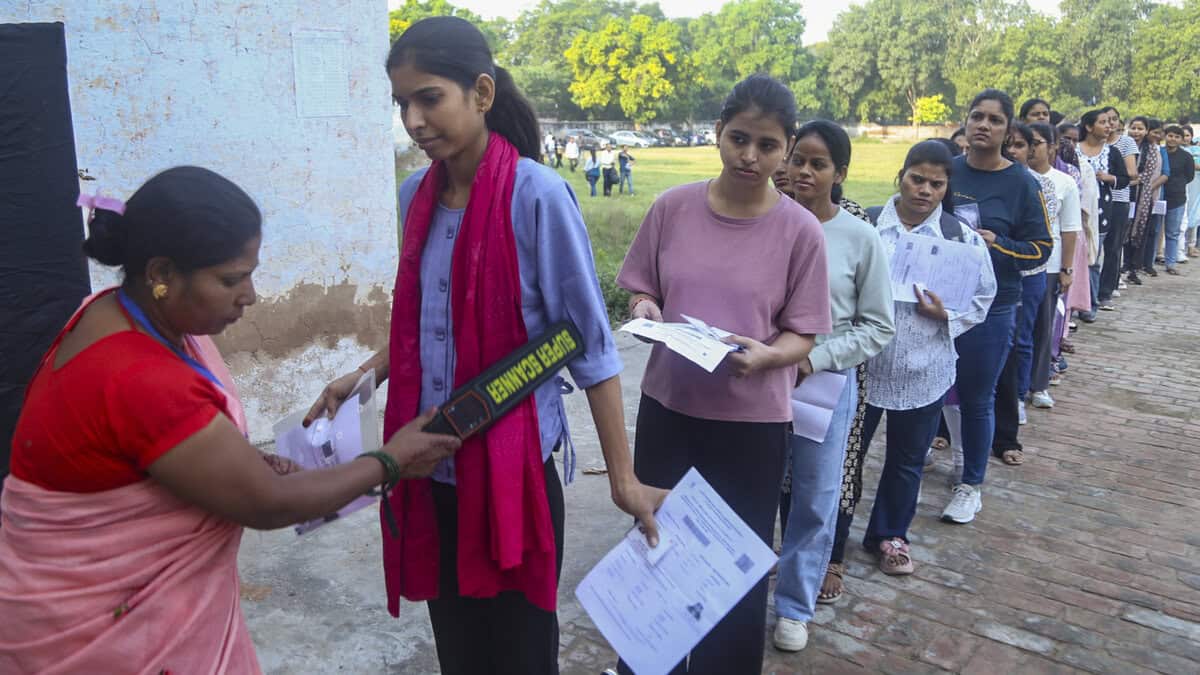Muslims have been present in India long before the Mughal Empire. The arrival of Muslims in India began as early as the 4th century BCE, when Arab traders came to trade spices.
Christmas, the biggest festival in Christianity, is celebrated every year on December 25th to mark the birth of Jesus Christ. Christianity is the third-largest religion in India, after Hinduism and Islam, with approximately 26 million followers. Christianity arrived in India before Islam, and both religions entered the country through Kerala, which is why the first church and the first mosque in India were built in the city of Thrissur, Kerala.
According to the 2011 Census, the Christian community in India constitutes 2.3 per cent of the population. In the northeastern states, the Christian population is between 80-90 per cent, but Kerala has the highest number of churches in the country. There are approximately 10,000 small and large churches in Kerala. The population of Kerala is 54.73 per cent Hindu, 26.56 per cent Muslim, 18.38 per cent Christian, and the remaining 0.33 per cent follows other religions or none at all.
How did Christians arrive in Kerala?
Christianity arrived in Kerala much earlier than in other parts of India. Saint Thomas, one of the twelve apostles of Jesus Christ, brought Christianity to Kerala in 52 AD. He was on a mission to spread Christianity across the world, and he traveled by sea to the southern coast of India. The earliest document mentioning this event is a book called Acts of Thomas, which was written in Edessa between the 2nd and 4th centuries.
The Acts of Thomas states that Saint Thomas, on his first mission, traveled with the merchant Abbanes to the capital of the Parthian king Gondophares, who ruled over Afghanistan and Punjab, with Takshashila as his capital. On his second mission, Saint Thomas traveled to a region in South India, which was under the rule of the Chola dynasty in the first century, where people followed various religions, including Brahmanism, Judaism, Buddhism, Jainism, and nature worship.
How did Christianity spread in Kerala?
Christianity spread in Kerala through the efforts of Saint Thomas, who arrived on the Malabar Coast of South India. He stayed in Kerala and Tamil Nadu for about 20 years, spreading the teachings of Christianity. Saint Thomas converted the Aramaic-speaking Jews living in Kerala to Christianity and then began preaching the gospel to the indigenous people. Afterward, he traveled to the Coromandel Coast in southeastern India and continued spreading Christianity in northeastern states such as Nagaland and Meghalaya before settling in Tamil Nadu. While on his mission in Mylapore near Madras, he was martyred.
In the 4th century, Thomas of Kana, along with 72 families, arrived from the Middle East as Syrian Christians. By the 10th century, many persecuted Christians from the Middle East also settled in Kerala. The Portuguese missionaries began spreading Christianity in Kerala in 1490, coinciding with the beginning of the Portuguese colonial era. Initially focused on trade, the Portuguese and later Dutch missionaries came to Kerala to spread the gospel. Many tribal communities living along Kerala’s coastal areas converted to Christianity in the hope of a better life.
The caste system played a significant role in the spread of Christianity in Kerala. Many people converted to Christianity, believing it would help them avoid caste-based discrimination and earn a higher social status. Local rulers’ favorable attitude toward foreigners also encouraged this process. The oppression, hunger, and killings faced by lower castes attracted them to different faiths, and Christianity offered freedom from caste-based servitude. Thus, the spread of Christianity continued, and today, one in every five people in Kerala belongs to the Christian community.
First church in Kerala
















































